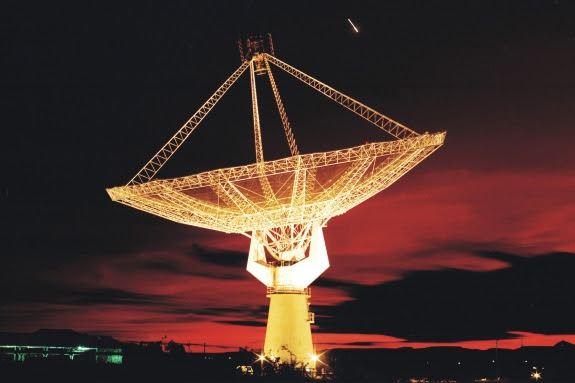ASTRONOMERS have captured a radio signal from the most distant galaxy so far.
The radio signal captured was found to have a wavelength of 21cm line, researchers from Montreal and India revealed in a new study.
This signal came from the most distant known galaxy SDSSJ0826+5630 and may help researchers look back at the early universe.
Astronomers used the Giant Metrewave Radio Telescope in India to detect the signal.
It is the first time this type of radio signal has been detected from such an immense distance.
“A galaxy emits different kinds of radio signals,” says Arnab Chakraborty, a post-doctoral researcher at McGill University under the supervision of Professor Matt Dobbs.
“Until now, it’s only been possible to capture this particular signal from a galaxy nearby, limiting our knowledge to those galaxies closer to Earth,” Chakraborty added.
He noted that researchers used a naturally occurring phenomenon called gravitational lensing to capture a faint signal from a “record-breaking distance.”
Gravitational lensing term was coined by Albert Einstein and describes when closer objects act as a magnifying glass for distant objects.
Essentially gravity warps and magnifies the light of distant background galaxies.
Most read in Tech
“This will [also] help us understand the composition of galaxies at much greater distances from Earth,” Chakraborty said.
In the study, the researchers said they were able to observe the distant galaxy’s atomic mass of its gas content.
And what they found was that this particular galaxy is almost twice the mass of the stars visible to us.
Blast from the past…
The team said the detected signal was emitted from the faraway galaxy when the universe was only 4.9billion years old.
This allowed the researchers to glimpse into the “secrets of the early universe”, a press release from McGill University reported.
“It’s the equivalent to a look-back in time of 8.8 billion years,” explained Chakraborty.
In the future, researchers hope to use existing low-frequency radio telescopes to observe the early universe.










